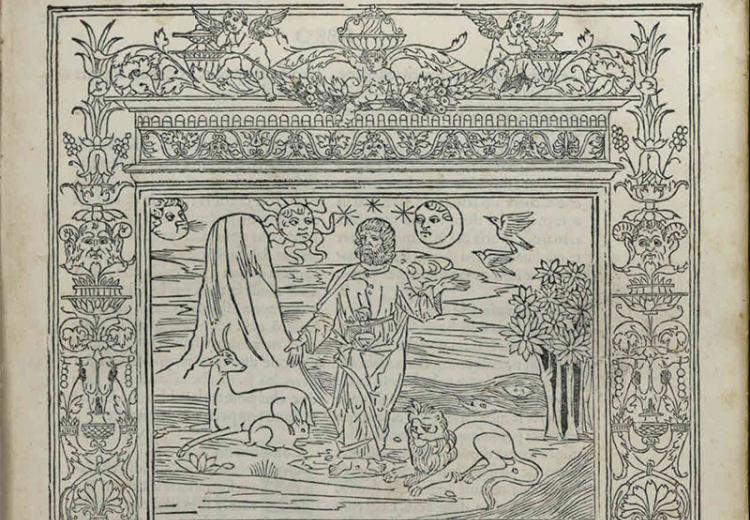Lesson 3: “The Metamorphoses” and Later Works of Art: A Comparison of Mythic Imagery

Page from the edition of Ovid's Metamorphoses published by Lucantonio Giunti in Venice, 1497.
Ovid’s mythical stories and characters in The Metamorphoses have been the source of inspiration for generations of visual artists in both painting and sculpture, through the ages. Since the Middle Ages, each generation of artists has re-interpreted the myths, seeing them through the lens of a particular era, art style, and commentary. Renaissance sculptors, the Baroque painters who decorated the walls and ceilings of Versailles, the Pre-Raphaelites at the end of the 19th century—all found inspiration in these tales written centuries before.
In this lesson, students will survey works of art based on myths from The Metamorphoses. The artworks are derived from many different eras and schools. Students will then compare them with the passages detailing Ovid’s original tales to understand the artists’ frames of reference and choices.
This lesson is one part of a three lesson unit on The Metamorphoses. The three lessons may be taught in sequence, or each lesson can stand on its own. Teachers may link to the full unit with Guiding Questions, College and Career Readiness standards and Background. Lesson 3 aligns with CCSS.ELA-Literacy.RL.9-10.7.
Learning Objectives
Compare Ovid’s original stories in The Metamorphoses with later artistic representations of the same stories and their themes.
